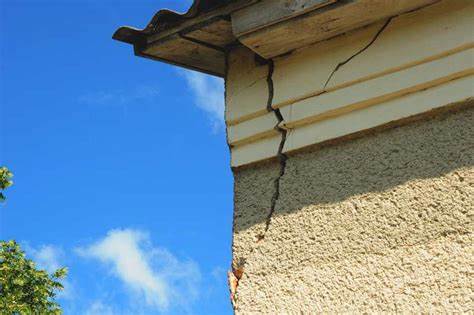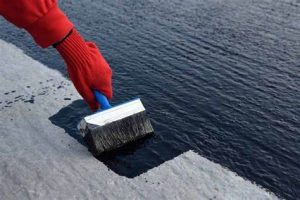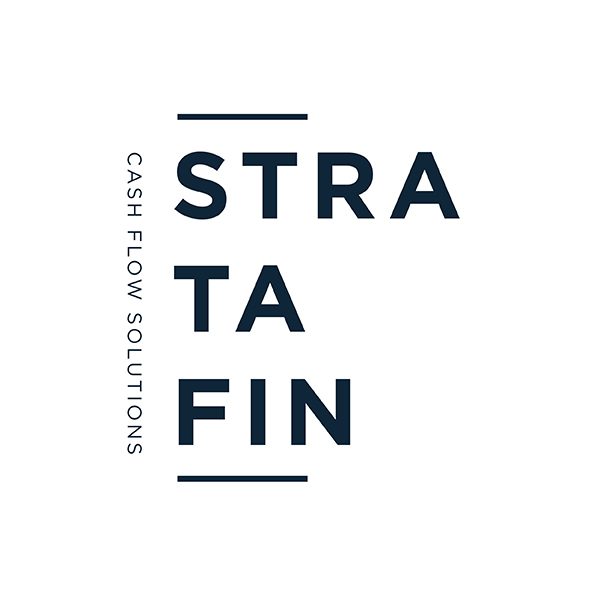Introduction
I am often approached by clients requesting to know who is responsible for the operational and financial repair of structural defects within sectional title schemes. Is the developer responsible for poor initial workmanship? Is the body corporate responsible as it’s a physical maintenance matter that affects the whole body corporate? Is an owner of a section that has structural defects responsible for the repair as it only relates to that one unit?
The short answer
The Sectional Titles Act 95 of 1986 (the “ST Act’) and the Sectional Titles Schemes Management Act 8 of 2011 (the “STSM Act”) do not distinguish between structural and non-structural maintenance and repair responsibilities. Therefore, any parts of a building that are structural in nature must be maintained by the body corporate or unit owner in a structurally sound condition depending on whether those parts of the building are common property or part of a section.
What does the legislation require?
In accordance with the provisions of sections 5(3)(d), 5(4) and 5(5) of the ST Act, the owners own their sections to the midpoint of its floors, walls and ceilings. The outside halves of the walls, floors and ceilings form part of the common property as does the roof above the ceiling, the foundations and the lower half of the concrete floor slab. The foundations that support the sections are common property and thus owned by all owners of sections in the scheme.
The body corporate is obliged to properly maintain the foundations and the exterior parts of the walls of the section and must keep them in a state of good and serviceable repair in terms of section 3(1)(l) of the STSM Act. The body corporate must carry out and pay for whatever works are required to keep common property in a state of good and serviceable repair.
The owners have the statutory duty to repair and maintain their sections in a state of good repair and, in respect of an exclusive use area, keep it in a clean and neat condition in terms of section 13(1)(c) of the STSM Act.
Servitudes of support
While the owners of the sections must carry out and pay for whatever works are required to repair the damage inside the section, the owners will have a claim against the body corporate for the reasonable cost of those repairs to the extent that they can be shown to be the direct result of any failure in the common property. This claim is based on the fact that this internal damage resulted from the failure of the common property foundation to support the section as required by the implied servitude of subjacent support contained in section 28 of the ST Act.
Section 28 of the ST Act creates these reciprocal servitudes for subjacent and lateral support. The implied servitudes operate between the sections themselves and between sections and the common property. These servitudes are deemed, without registration, to be incorporated in the title deeds of all owners, and take effect and are enforceable immediately upon the establishment of the body corporate. All ancillary rights and obligations reasonably necessary to make these servitudes effective, apply in respect of these implied servitudes. It is important to note that no fault or negligence needs to be shown on the part of either the body corporate or owner for the rights or obligations created by the implied servitudes to be enforced. The foundations of a building are common property. When the foundations fail due to subsidence for example, the body corporate is responsible to underpin the foundations. This liability to attend to some fault in the common property arises not because the body corporate has done something wrong or failed to do something, but because the legislation imposes an unqualified statutory obligation on the body corporate to maintain the common property. The implied servitude of support in terms of section 28 of ST Act is also an unqualified obligation on the body corporate. These implied servitudes do not only apply when the body corporate can be shown to be negligent or to have intentionally withdrawn their support. Subsidence in common property foundations will almost never be the result of some failure or negligence on the part of the body corporate.
Claims against developers
In the case of new developments, owners often have a claim against the developer to repair the structural defects, or to finance the cost of such repairs, instead of having to pay for it themselves. The body corporate should pass a direction at the AGM (by ordinary resolution) directing the trustees to demand the developer to initiate repair work within a specified period of time. If a dispute arises as to whether the repairs fall under any warranty given by the developer, or whether the problems are as a result of defective or substandard workmanship, the matter may be resolved by obtaining an opinion of an independent expert or by referring the matter to arbitration, or resolving the matter in Court through litigation.
The trustees can also contact the National Home Builders Registration Council (NHBRC) for assistance. The Housing Consumer Protection Measures Act, No 95 of 1998, makes it obligatory for builders who operate in the mortgage bond market to register with the NHBRC. All new homes enrolled with the NHBRC are covered by a deemed warranty, which means that, by law, a builder must rectify any defects that occur in the first three months after occupation. The builder must also rectify roof leaks that occur in the first 12 months after occupation as well as any major structural defects that occur in the first five years after occupation. The NHBRC will investigate the complaint and, if found valid, contact the developer and insist that the problems are attended to. Even though the warranty applicable to general defects, as provided for in the Act, only stands for three months after occupation, if the reader listed the defect on the snag list and it was never tended to by the developer, the claim will stand even though the three-month period has passed.
What can be done to force repairs to be done?
The owner or body corporate can make an application to the Community Schemes Ombudsman (the “CSOS”) as a measure of last resort. In terms of section 38 of the CSOS Act it is possible that any person may make an application to the CSOS if such person is a party to or affected materially by a dispute. An application must be made in the prescribed manner and as may be required by practice directives; lodged with an ombud; and accompanied by the prescribed application fee. The application must include statements setting out:
- the relief sought by the applicant, which relief must be within the scope of one or more of the prayers for the relief contemplated in section 39 of the CSOS Act;
- the name and address of each person the applicant considers to be affected materially by the application; and
- the grounds on which the relief is sought.
Any party to the dispute can make an application to the Ombud in terms of section 39(6)(c) of the CSOS Act, which states that:
“An application made in terms of section 38 must include one or more of the following orders: in respect of meetings – In respect of works pertaining to private areas and common areas
(a) an order requiring the association to have repairs and maintenance carried out;
(b) an order requiring the relevant person
(i) to carry out specified repairs, or have specified repairs made; or
(ii) to pay the applicant an amount fixed by the adjudicator as reimbursement for repairs carried out or to be carried out in respect of the property by the applicant;
(c) an order requiring the association
(i) to carry out, within a specified time, specified works to or on the common areas for the use, convenience or safety of owners or occupiers; or
(ii) not to carry out specified works.”
Written By Dr Carryn Durham







![Case discussion on SS Glen High v Kruger NO ((2023/055133) [2024] ZAGPJHC 1059 (10 September 2024)](https://b2659803.smushcdn.com/2659803/wp-content/uploads/2024/10/OIP-300x200.jpeg?lossy=1&strip=1&webp=1)




